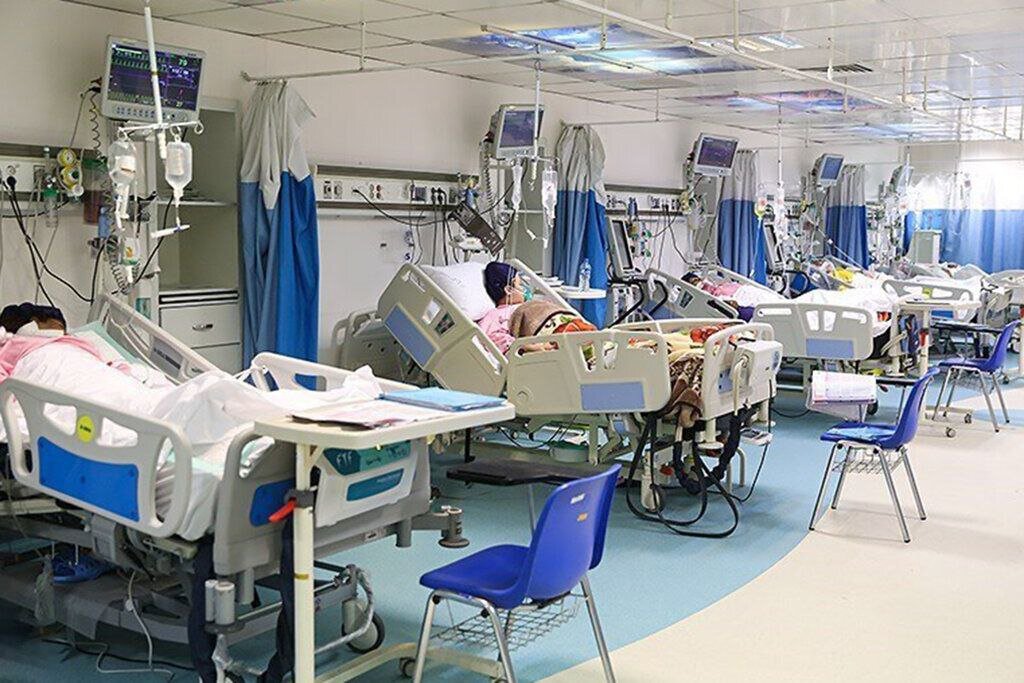Special budget allocated to rare, hard-to-treat diseases

TEHRAN – The administration has approved 120 billion rials (some 144,000 dollars) for treating rare and hard-to-treat diseases in the current Iranian year, which started on March 21.
Rare disease is often described as a specific health condition affecting 1 in 2000 individuals or fewer in the general population. Over 7000 known rare diseases currently impact more than 300 million people globally, with 70 percent of these conditions starting in childhood.
According to the World Health Organization (WHO), rare diseases are often complex and multi-systemic, affecting multiple organs and leading to comorbidities, and many of these conditions are chronic, progressive, and can consequently result in serious disabilities and premature death.
Due to the high treatment costs, Salamat Health Insurance Organization, in cooperation with the Ministry of Health, established the Rare Disease Foundation, which covers rare and hard-to-treat diseases to promote health equity and reduce out-of-pocket payments for patients, IRNA quoted Mohammad Mohammad-Mehdi Nasehi, the managing director of Salamat Health Insurance Organization, as saying.
The official made the remarks on Thursday, on the occasion of World Thalassemia Day.
Established in the Iranian year 1401 (March 2022-2023), the foundation covers 130 rare diseases, now. Once identified, patients’ information will be recorded to be able to use the services provided by the foundation. So far, over 2.5 million patients have benefited from these services, he noted.
Cancers are the most expensive diseases covered by the foundation; 70 percent of the funds is allocated to cancer-related medicines, the official added.
A total of 456 rare diseases have been identified in the country, according to a recent report by the Rare Disease Foundation. The incidence of rare diseases is so low to the extent that maybe one or two people with a certain rare disease are present in the country. According to the health ministry, diseases such as ‘butterfly skin or EB’, ‘Spinal muscular atrophy (SMA)’, ‘Metabolic diseases’, ‘Autism’, and ‘Dystrophies’, Thalassemia, hemophilia, Diabetes, cancer, and immune deficiency diseases are among rare diseases.
World Thalassemia Day
Celebrated on May 8th, World Thalassemia Day raises awareness of the disease. Thalassaemia is a genetic blood disorder that hinders the body’s ability to produce hemoglobin, resulting in varying degrees of anemia, fatigue, and related complications. The severity of the condition varies depending on the type of thalassemia, making expert care crucial for effective treatment and management.
With an estimated 100 million people worldwide carrying genes responsible for thalassemia, and more than 300,000 babies born annually with severe forms of the disease, the Day is a call to raise awareness about the condition and its impact.
The day also aims to unite communities in supporting patients and promoting preventive measures to combat the disease effectively.
Currently, there are over 19,000 patients with thalassemia in the country, with 15,500 diagnosed with thalassemia major, 2,800 with thalassemia intermedia, and 1,000 suffering from sickle cell disease and other hemoglobinopathy disorders.
Each year, World Thalassaemia Day is celebrated according to a theme. The theme for the year 2025 is ‘Together for Thalassaemia: Uniting Communities, Prioritising Patients’. The theme calls for a patient-centred approach, where care extends beyond treatment to encompass holistic well-being, dignity, and empowerment.
MT/MG
Leave a Comment